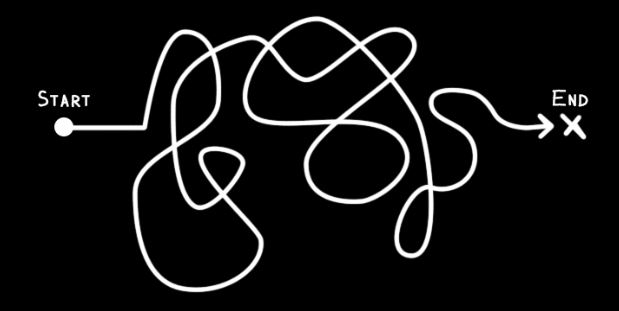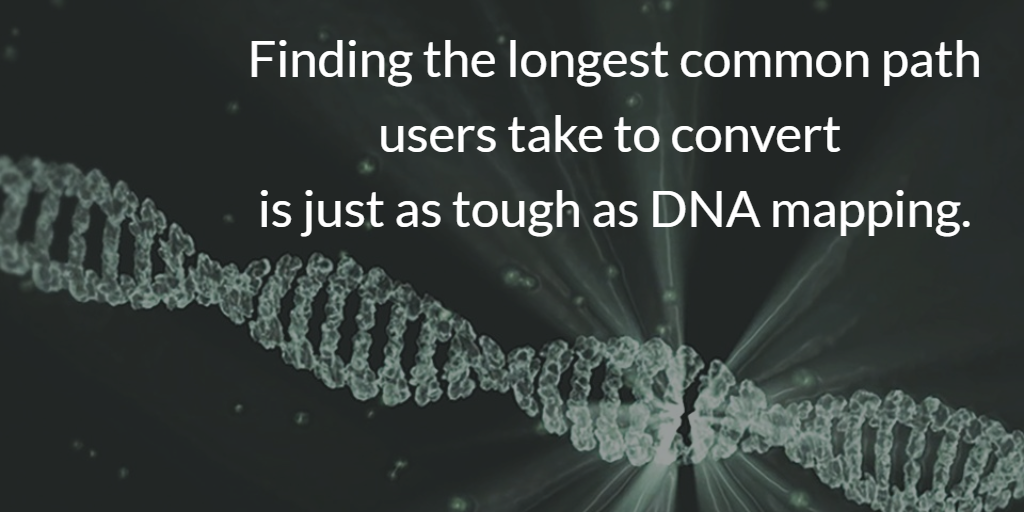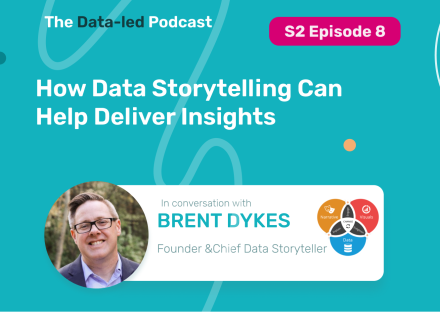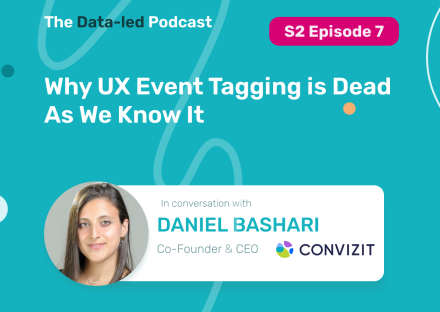This is the question that is on most marketers’ mind: what are the exact paths that customers use to convert?
If you manage to find the recipe to success, you can replicate it time and time again, making sure more and more clients are taking the same path.
All good in theory. But what’s reality like?
What marketers and product managers are hoping for is a clear step-by-step graph showing exactly how clients get from the dashboard to payment. Basically, something like this:

But, surprise surprise, what they are going to get is more in the lines of this:

The bad news is that very few people follow the same path until conversion. In fact, they are too few to mention.
Imagine that your process has 5 stages for instance.
How likely is it for people to follow a linear path like this one? 1 → 2 → 3 → 4 → 5.
It’s not. Simply because people are not that similar in their choices.
In reality, one visitor’s choice might look more like this: 1 → 3 → 1 → 4 → 2 → 3 → 5, whereas another’s might be completely different: 4 → 1 → 2 → 3 → 5.
So you might be able to map everybody’s path through your product, but when you compare them all you won’t be able to draw any conclusion because these paths are too different to find similarities. People are not easy to crack, and definitely not predictable.
So what’s the standard solution used on the market?
To simplify things and get some results, many companies decided to use funnels.
A funnel is a set of actions users need to perform in a particular order to convert.
Basically, funnels are used for linear processes. They can help you find out which users went from step A to B, C and so on.
A very common process which uses a funnel is: create account. The steps in creating an account are very clear:
- choose username and password,
- fill in personal data,
- insert credit card data (optional)
- agree to the privacy policy and terms of service, and then you’re done.
To finish the process, all the steps must be followed and they must be followed in this particular order. There simply is no other way around it.
Funnels might work wonders for linear processes, but what happens with non-linear processes?
Unfortunately funnels can’t help much in such cases, because users can navigate through your site as they wish, jumping from one page to another. The analysis turns out to be much more complex.
A lot of analytics tools using funnels decided to limit the starting point of the analysis. What they do is look only at those who started from step 1, and ignore them if they started from step 3 for instance. This approach is confusing and cannot be trusted 100%.
So then, the seemingly simple question of how people convert remains unanswered.
That’s why, here at InnerTrends, we put our minds together to find the best answer to this question. And, we figured out that, to answer it you need to answer another question:
Which is the longest common way between 2 points? In our case, between the dashboard and the payment stage?
Basically, which are the common points that all the users who convert go through, regardless whether they perform other actions in-between those common points or not?
Here’s an example of how the longest common path would look like for a marketing app: all clients who convert go to dashboard, check 3 campaigns, fill in details at step x, and then they pay.
It goes without saying though that this process too, of finding the longest common path between 2 points, is as difficult a task as genetic mapping for instance.

To follow my analogy, here’s how things work: to find which genes influence a disease, researchers look at all the patients with a certain disease and compare their DNA structure, in order to find the longest DNA strings with the same pattern. This way they can figure out which combinations might influence the disease.
The same goes for analytics: the amount of data to analyse is so huge, and the similarities are so few and so far apart, that there is still no standard algorithm that is ready-to-use by businesses.
So what is there to do?
There is no ideal solution to this yet, but we are trying to come as closely as possible to it.
For instance, at InnerTrends we have decided to take an intermediate step before having machine learning dictating which is the longest common path from dashboard to payment.
The step I’m talking about implies asking our clients which is the common path they assume users take to go from dashboard to payment. And we will test it and tell them how successful it is.
It does mean they will have a bit more work to do, testing out a few paths users take, but you will probably come very close to the answer they are looking for.
The longer the path you are mapping is, and the larger the client base you are analyzing, the easier you will understand which are the points users need to go through, and which is their order, so that they convert.
If you’re looking to get deep insights into how your customers use your product, InnerTrends can help. You won’t have to be a data scientist to discover the best growth opportunities for your business, our software will take care of that for you.
Schedule a Demo with us and witness with your own eyes just how powerful InnerTrends can be.




